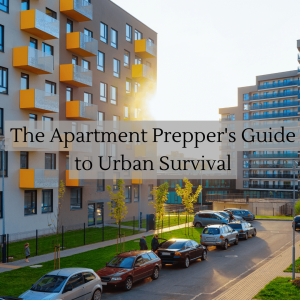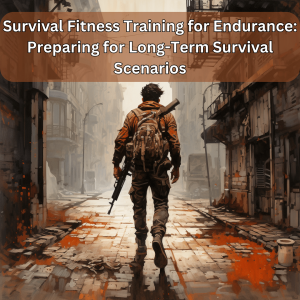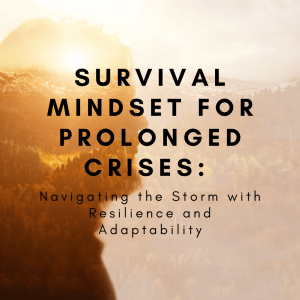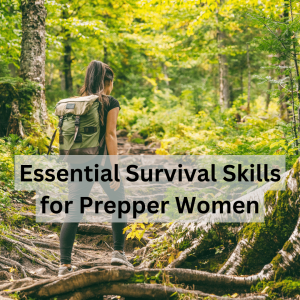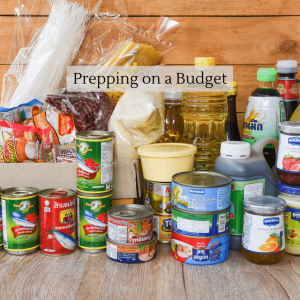In today’s modern world, we have become heavily reliant on electricity for our daily needs, including cooking. But what happens when the power goes out unexpectedly or when you find yourself in a survival situation with limited resources? It’s essential to have a backup plan and be equipped with the knowledge of survival cooking techniques that don’t require electricity. In this article, we will explore various methods to cook without electricity, including open fire cooking, camp stoves, solar cooking, Dutch oven cooking, rocket stoves, and more. By learning these survival cooking techniques, you’ll be prepared to feed yourself and your family when traditional cooking methods are not available.
Survival Cooking Techniques:
- Open Fire Cooking: One of the oldest and most reliable methods of cooking without electricity is open fire cooking. It requires building a fire using wood or other combustible materials and utilizing the heat and flames to cook your food. To cook on an open fire, you’ll need a sturdy cooking grate or a set of rocks to support your cookware. Cast iron pots and pans are excellent choices for open fire cooking as they distribute heat evenly and are highly durable. You can prepare a wide range of dishes using this technique, from simple one-pot meals to grilled meats and vegetables.
- Camp Stove: A portable camp stove can be a valuable asset when it comes to survival cooking without electricity. These stoves are compact, lightweight, and use propane or other fuel sources to generate heat for cooking. They often come with adjustable burners, making it easier to control the cooking temperature. Camp stoves are particularly useful in emergency situations or when you need to cook outdoors while camping or hiking. They allow you to boil water, cook canned foods, or even prepare more elaborate meals with the right equipment.
- Solar Cooking: Harnessing the power of the sun, solar cooking offers an eco-friendly and sustainable option for survival cooking. Solar cookers or ovens are designed to capture and concentrate sunlight to heat your food. These devices are typically made of reflective materials that focus sunlight onto a cooking pot or tray. Solar cooking may take longer than other methods, but it is efficient and requires no additional fuel. It works best in sunny climates or during the day when the sun is at its peak. You can use solar cooking for tasks such as boiling water, slow-cooking stews, or even baking bread.
- Dutch Oven Cooking: A Dutch oven is a heavy, thick-walled cooking pot, usually made of cast iron, with a tight-fitting lid. It is an incredibly versatile cooking tool that can be used both indoors and outdoors without electricity. Dutch ovens retain heat well and distribute it evenly, making them ideal for cooking over an open fire or camp stove. You can use them to simmer soups, stews, and chili, bake bread, or roast meats. They are excellent for long, slow-cooking methods that tenderize tough cuts of meat and infuse flavors.
- Rocket Stove: Rocket stoves are simple, efficient, and portable cooking devices that can be constructed using locally available materials. They are designed to burn small pieces of wood or biomass, such as twigs and branches, and generate intense heat. Rocket stoves are known for their fuel efficiency and minimal smoke production. They consist of a combustion chamber, a chimney, and a cooking surface. With a rocket stove, you can quickly boil water, cook meals in pots or pans, and even grill food using a grill grate.
- MREs and Ready-to-Eat Foods: When all else fails, having a supply of MREs (Meals Ready to Eat) or other ready-to-eat foods can be a lifesaver in survival situations. MREs are self-contained meals that come with a flameless ration heater, allowing you to heat your food without electricity. They are designed to provide a balanced and calorie-dense meal in a compact package. Ready-to-eat foods, such as canned goods and dry goods like jerky and granola bars, also come in handy as they require no cooking or refrigeration.
Remember, in any survival situation, it’s crucial to prioritize safety and ensure proper ventilation when cooking indoors. Keep fire extinguishing equipment nearby and exercise caution while handling open flames and hot surfaces.
By familiarizing yourself with these survival cooking techniques, you’ll be better prepared to handle situations where electricity is unavailable. Whether you’re camping, facing a power outage, or navigating a survival scenario, these methods will help you provide nourishment and maintain your well-being. Stay prepared, stay resourceful, and embrace the art of survival cooking without electricity.
